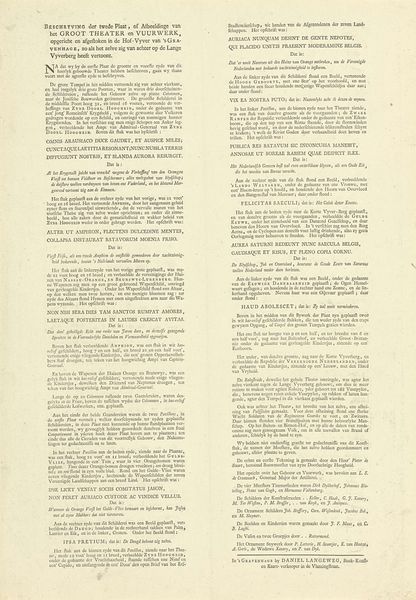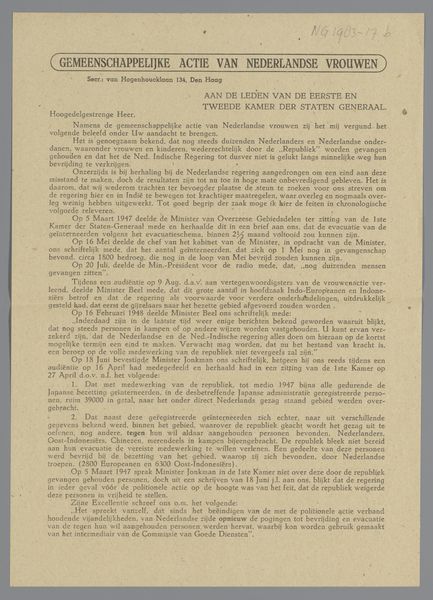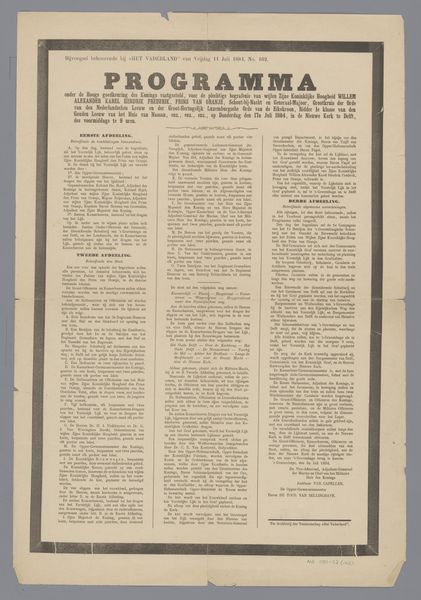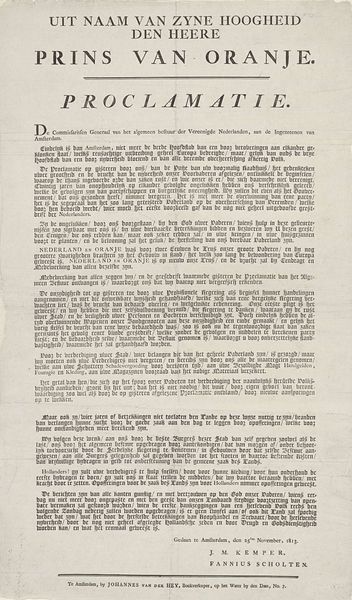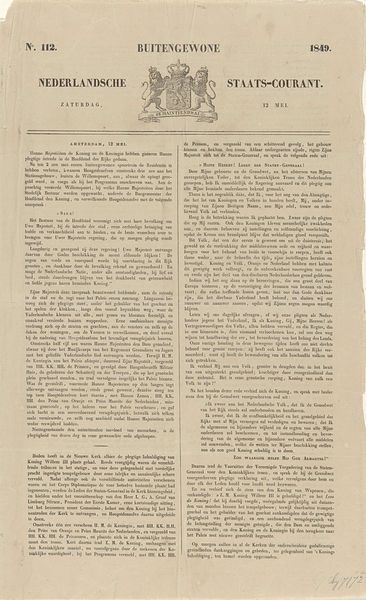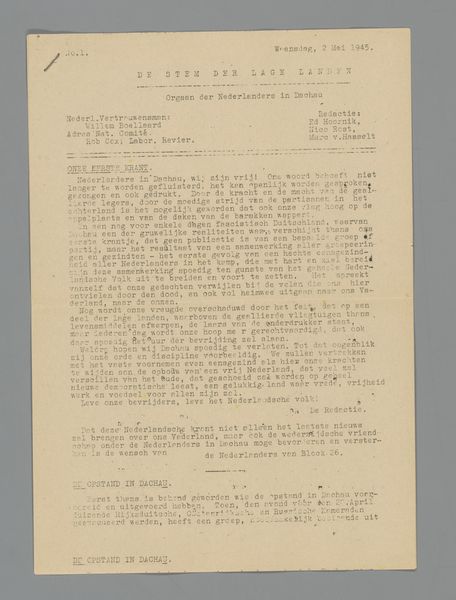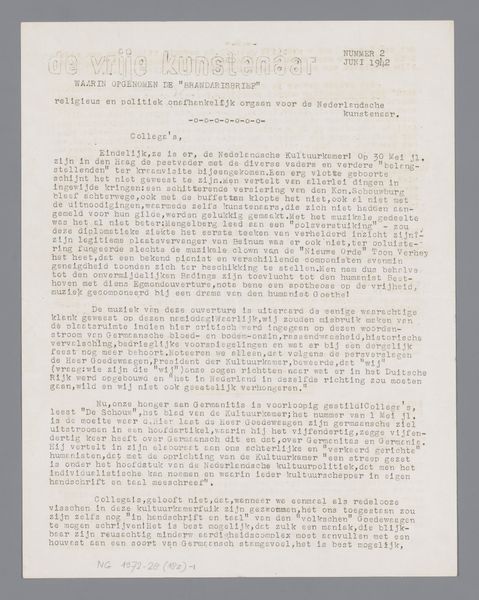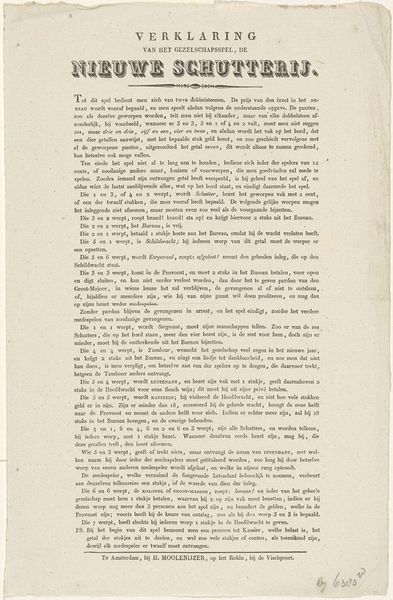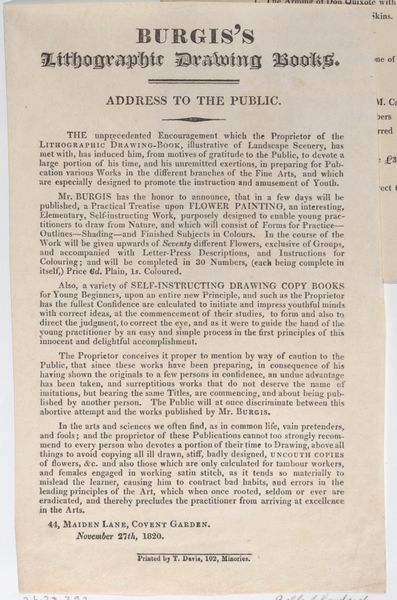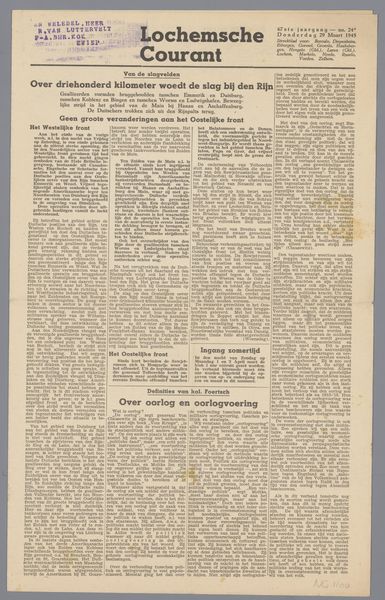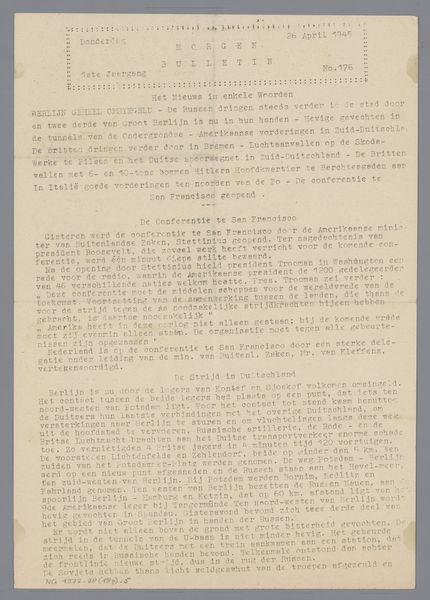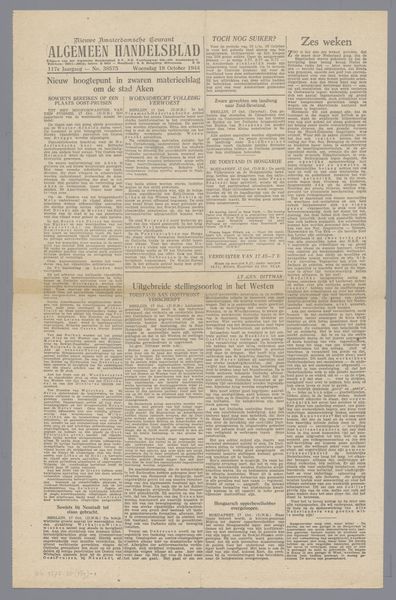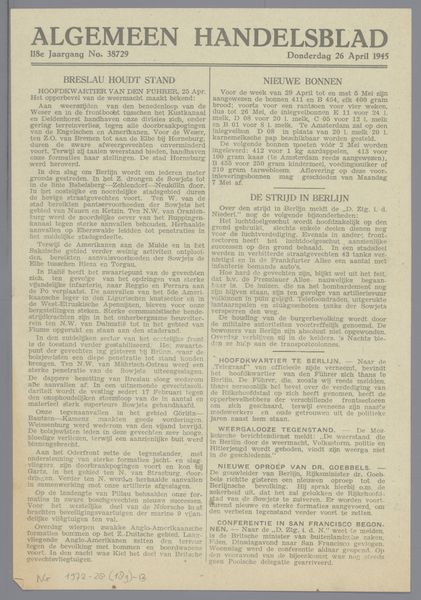
mixed-media, collage, print, textile, paper
#
mixed-media
#
collage
#
newspaper
# print
#
design document
#
textile
#
paper
Dimensions: length 32.6 cm, width 22.1 cm
Copyright: Rijks Museum: Open Domain
Curator: This collage, entitled “Memorandum aan de Minister President,” was created in 1948 by the “Gemeenschappelijke Actie van Nederlandse Vrouwen,” or the Joint Action of Dutch Women, and it's a mixed-media artwork that uses collage techniques including newspaper, textiles and print. It feels almost like a cry for help, with the fragmented text pieced together. What strikes you when you examine the work? Editor: Well, I'm drawn to the combination of seemingly disparate materials: printed text, newspaper clippings, and what appear to be pieces of textile. It gives the work a layered, almost archaeological feel, like uncovering a forgotten document. How would you analyze this assemblage, looking at it from a formalist perspective? Curator: From a formalist stance, one examines how these materials interact to create meaning through their intrinsic properties. Note the stark contrast between the rigid geometry of the printed text and the more organic forms of the textile fragments. Does the contrast not call to mind semiotic contrasts or structuralist concepts? Editor: It does. The tension is evident. How does this play into the overall composition and meaning of the work? Curator: Consider how the arrangement guides the eye, leading you through a narrative constructed from textual and tactile elements. Are there recurring motifs, colors, or textures that establish visual rhythms or thematic consistencies? How do these elements, in their pure form, speak to the content? Editor: The prominence of newspaper clippings, particularly the dense text, implies a focus on the communication or dissemination of information, acting as a kind of raw data. Curator: Exactly! By dissecting the form and structure, can you get to the artwork's essential message without needing the historical background? The structure is, after all, an aesthetic language unto itself. Editor: The layers within the composition create a powerful story on their own. Curator: Absolutely. Through examining formal relationships, the intrinsic properties of this work illuminate the historical context of collective female voice seeking visibility. It emphasizes how crucial it is to learn to interpret art through structural relationships in addition to content, so thanks for those observations. Editor: Thanks. It certainly opens up new paths to understanding.
Comments
No comments
Be the first to comment and join the conversation on the ultimate creative platform.
